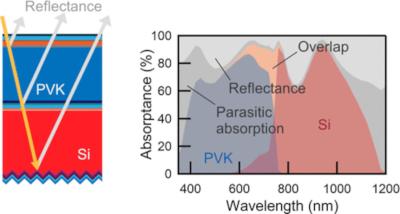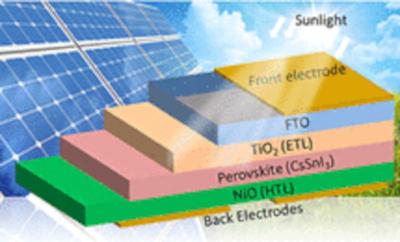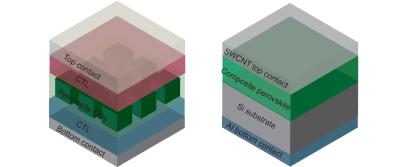Researchers design tandem perovskite-silicon solar cell using a new approach to interface engineering
Researchers from Solliance partners Delft University of Technology, Eindhoven University of Technology and TNO have developed a tandem perovskite-silicon solar cell using a new approach to interface engineering.
The team's findings demonstrate the potential of using (n)nc-SiOx:H and (n)nc-Si:H interfacial layers in tandem solar cells to minimize reflection losses at the interfaces between the perovskite and silicon sub-cells, as explained by the scientists. Through optimizing interference effects, these light management techniques can be applied to various tandem structures.





